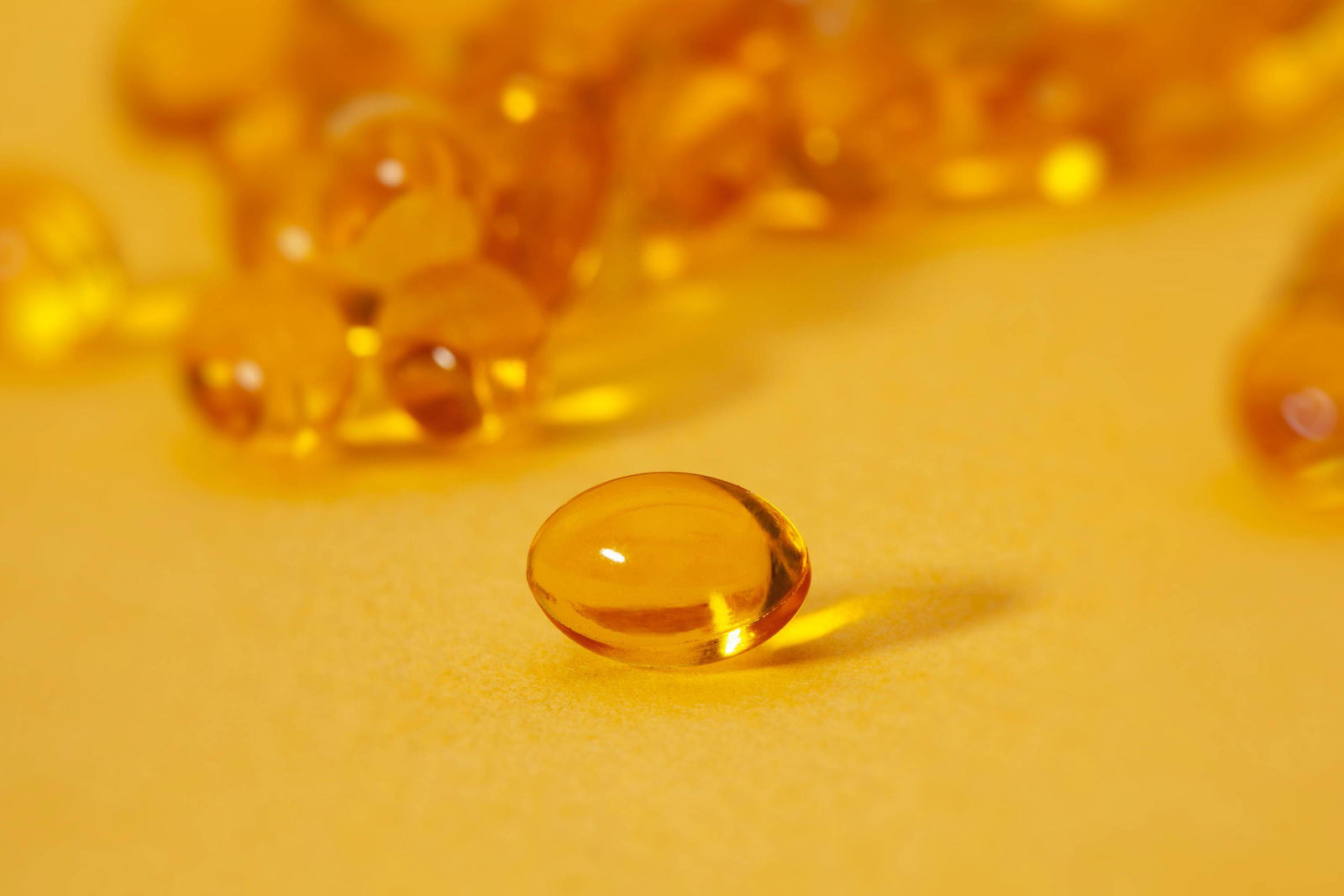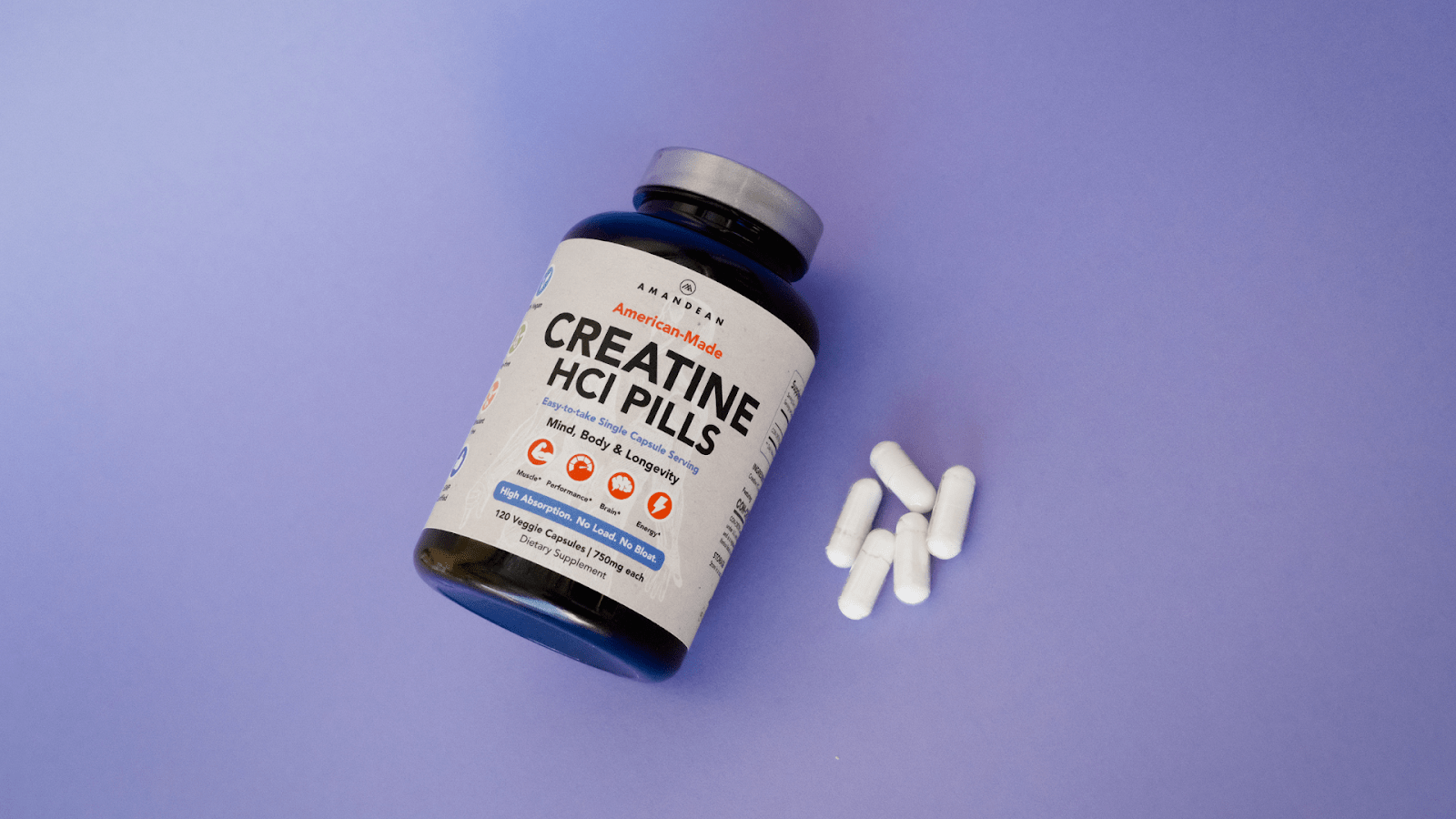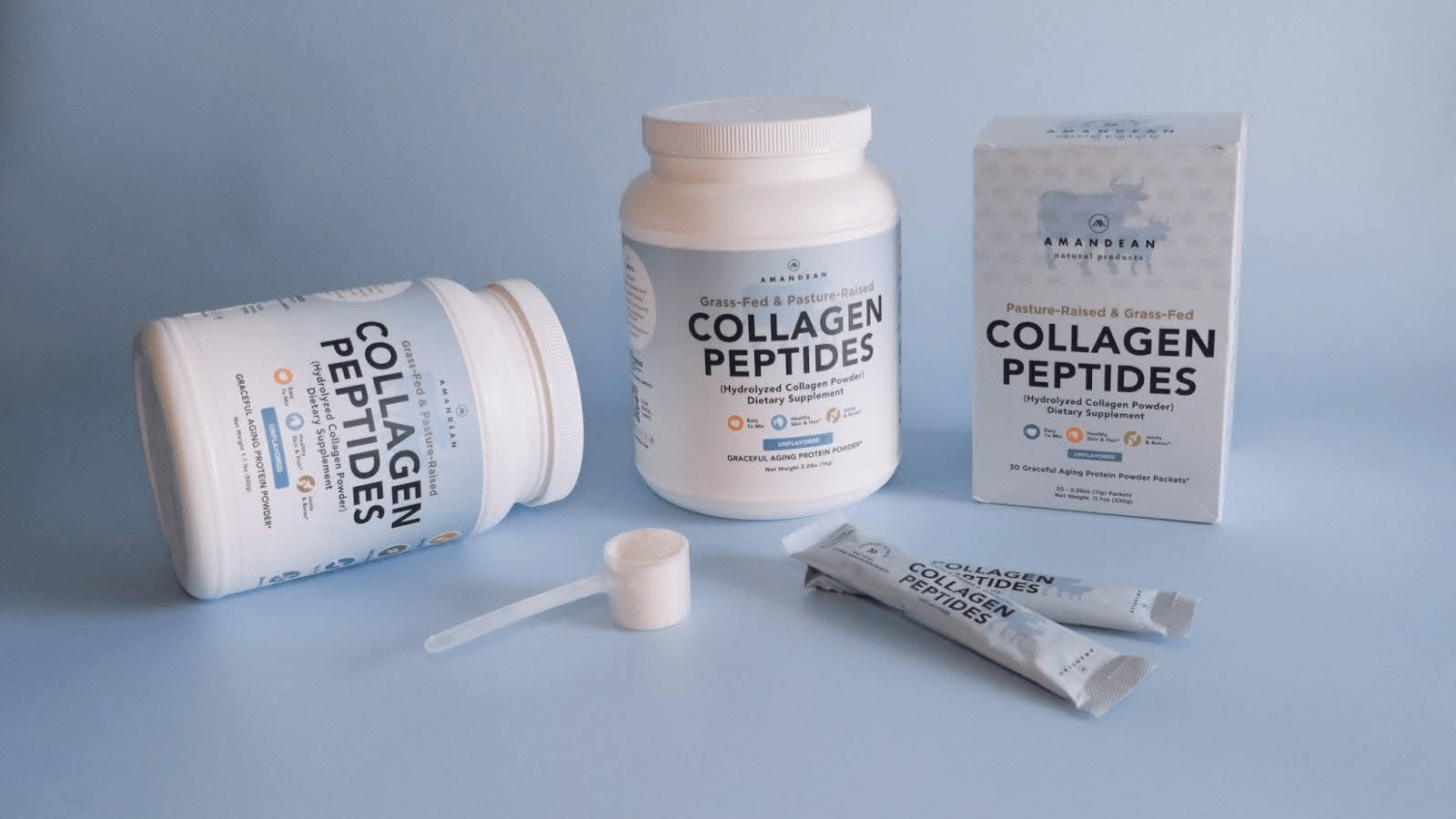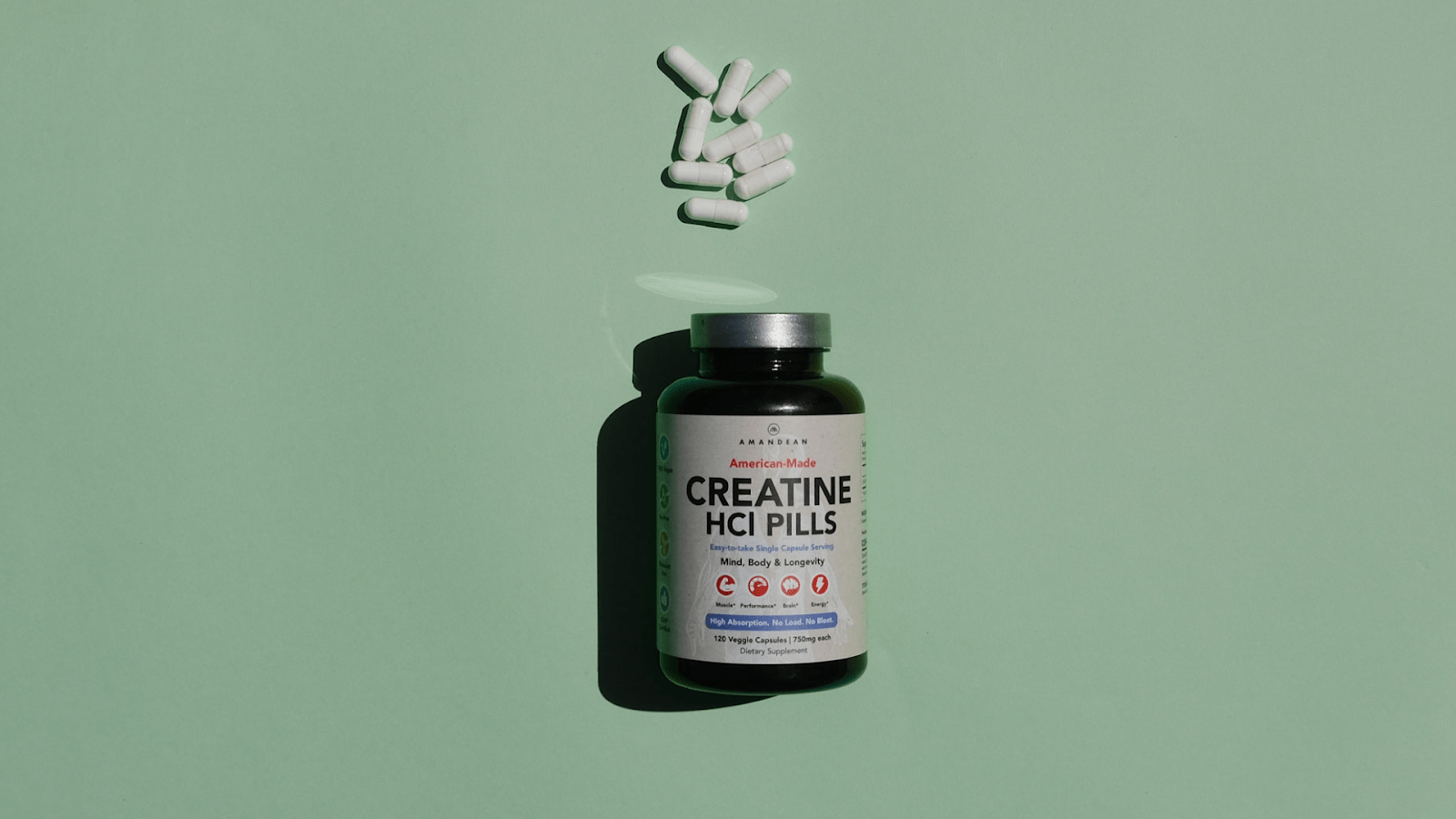Your Cart is Empty

November 30, 2020 10 min read
If you’re shopping for an Omega-3 supplement you can expect to find an abundance of options that range in cost, source, and ingredients. The main benefits of omega-3s come from their potent concentration of DHA & EPA, but not all omega-3s contain these nutrients, especially if you follow a plant-based diet. When it comes to topics such as this one, supplement shopping can get rather frustrating. However, in order to get the best value for your money and the most out of your omega-3 supplement, it is crucial to find a balanced ratio of DHA and EPA fatty acids from quality sources.
The objective of this article is to answer the most important questions regarding omega-3 supplements, which will not only make your shopping easier, but introduce you to the importance of quality omega-3 in your nutrition. Let’s decode omega-3 together!
Omega-3 fatty acids belong to the group of polyunsaturated fatty acids, simply referred to as PUFAs. All PUFAs, including their two predominant classes - omega-3 and omega-6, consist of long carbon- atom chains. What makes PUFAs stand out, in particular, is that they have at least two double bonds between carbons in their chain. Both omega-3 and omega-6 fatty acids have important roles in the structure of cell membranes, acting as a source of energy and precursors to bioactive lipid mediators. Yet another mutual characteristic between these two categories of PUFAs is that they’re considered essential nutrients - meaning that the body cannot manufacture them from scratch.
Aside from sharing certain characteristics, omega-3 appear to have a more multilayered and complex role in human health. For instance, omega-3s appear to aid in anti-inflammatory activity. Additionally, a study conducted by A. P. Simopoulos suggests that a common Western diet includes much more omega-6 than omega-3, which is not optimal for achieving the right ratios for balanced nutrition. In general, it's important to focus on increasing the Omega-3s in our diet.
Aside from their structural role in cell membranes, these essential fatty acids are necessary when it comes to the production of hormones responsible for blood clotting. What’s more, the hormones developed with the assistance of omega-3 have important roles in your arterial walls, as well as in inflammatory processes. The three main groups of omega-3 fatty acids are Alpha-linolenic acid (ALA), Eicosapentaenoic acid (EPA), and docosahexaenoic acid (DHA). They all have quite different, yet significant health roles in our bodies, which we’ll dive into later in this article.

One of the most prominent benefits of omega-3 fatty acids concerns cardiovascular health. According to Harvard’s publication focused on the importance of omega-3s, these fats seem to aid in the management of optimal heart rate and blood pressure. Furthermore, boosting omega-3 levels has been associated with lowered inflammation and triglycerides, thus improving blood vessel function and overall heart health. The mentioned publication also suggests that supplementing with omega-3 fatty acids on a daily basis has been shown to reduce the risk of a repeat heart attack in heart attack survivors, while also lowering the chance of fatal outcomes caused by heart disease.
Starting with the obvious, algae oil provides the versatility fish oil lacks, as it is suitable for all diet types - including vegan diets. Amandean Algae oil is produced from non-GMO, lab-grown microalgae, containing optimal quantities of EPA and DHA. As the algae is grown under lab- controlled conditions, manufacturers are able to manipulate the amount of valuable acids by monitoring and managing the exposure of algae to oxygen, UV light, temperature, among other factors.
Algae is also considered the purest and the primary source of omega-3 fatty acids, being that it’s the source where fish obtain their omega-3 from. Since the algae are grown in specific lab conditions, algae oil does not contain the toxins that can occur in fish-sourced Omega-3.

Needless to say, marine algae is a more sustainable and eco-friendly Omega-3, considering there is no exploitation of natural sources. In addition, people who generally avoid fish oil and fish consumption due to unpleasant taste and/or dietary preference will find the plant-based option preferable.
Eicosapentaenoic acid (EPA) is one of the main types of omega-3 fatty acids, with a range of applications in the management of numerous health conditions. Along with DHA, EPA belongs to the group of the most abundant fatty acids in the brain and the retina, and it is necessary for optimal brain development and nervous functions.
Take our quiz and find which supplements your body is craving.

EPA is commonly found in cold-water fatty fish, including salmon, as well as in fish oil supplements. While fish and seafood are the most abundant dietary sources of EPA, and vegetable oils and fats do not naturally contain any, lab-grown algae includes a sufficient amount due to the way it’s produced.
EPA can also be foundin poultry and eggs, but the amount of fatty acids available in these dietary sources is minimal - hence the need for supplementation. The recommended dosage of long-chain omega-3 fatty acids is 400–600 mg/day, which is often impossible to obtain through diet - especially for vegans or those following a plant-based diet.

The main function of EPA concerns lowering inflammation levels. EPA lowers inflammation through multiple pathways, primarily by inhibiting arachidonic acid (AA), a well-known mediator of inflammation on a cellular level. Therefore, by consuming more EPA, you’re limiting the production of inflammation-inducing AA, which is something DHA cannot do due to its size.
Furthermore, it appears that optimal levels of EPA also allow you to seize the multiple benefits of corticosteroids while avoiding their side effects, B. Sears Ph.D. confirms for Psychology Today.
When it comes to depression, brain trauma, and other issues related to brain functions, EPA has an irreplaceable role to play. EPA aids in the management of inflammation of brain cells. In addition, once entering the brain, EPA is immediately oxidized. Therefore, balanced EPA levels are necessary in order to preserve cognitive health and optimal brain functions, mostly by inhibiting inflammatory processes.
Yes, our body is able to convert EPA to DHA. However, the amount of DHA received through this conversion process is minimal. This is why it’s important to choose an Omega-3 supplement that contains both EPA and DHA. Speaking of conversion rates, ALA can be converted into EPA, but once again, the results are almost negligible. As far as ALA is concerned, it cannot be manufactured via conversion and it must therefore be obtained through dietary sources.
Docosahexaenoic acid (DHA) is one of the three main types of omega-3 fatty acids. This fatty acid can be synthesized from ALA, but the amount received through this conversion is minor (only 0.1–0.5% of ALA in the body can be converted into DHA). DHA is mostly present in the membranes of cells, and it has a rather significant structural role. In addition, DHA is one of the main elements of cellular communication.
DHA is a crucial factor in brain development, tissue growth, and function - especially in infants. Aside from brain tissue, DHA is necessary for the development of eyes in the process of fetal development. It is clear that DHA levels are of utmost importance for the development of a child in all its phases - especially in the third trimester, and the first few months of the baby’s life.
What’s more, DHA levels can determine numerous brain functions and cognitive processes in a child, including attention, problem-solving, as well as social, emotional, and behavioral development. According to a study conducted by C. Agostoni and colleagues, a DHA deficiency at an early age can be linked to cognitive issues and disorders, such as learning disabilities.
However, the importance of DHA stretches far beyond children’s cognitive development. As we age, the brain does, too, and it undergoes both physical and functional changes. Consistent, quality DHA supplementation has been associated with significant improvement in areas such as memory, learning ability, and even verbal fluency, which appears to be a frequent issue with the elderly. On the other hand, low levels of DHA have been linked to cognitive issues such as dementia.
Optimal levels of DHA are also associated with vision development and eye health. Since DHA has been found to activate an eye membrane protein, rhodopsin. This eye protein is responsible for numerous eye functions, including the thickness and fluidity of membranes, which affects the way the brain perceives the images we see. DHA is also largely present in the eye retina, optimising its fluidity, integrity, and visual function, a study on the retina and omega-3 suggests.

It seems that obtaining an adequate ratio of EPA and DHA in a single supplement is key to all the benefits omega-3 fatty acids have to offer. One of the benefits achieved only by combining EPA and DHA is optimal fetal development. According to a study by D. Swanson and colleagues, the optimal amount of fish or seafood for pregnant women would be 8-12 oz a week in order to obtain enough omega-3 fatty acids. Luckily for women who are expecting, especially those experiencing sickness or simply don’t consume fish, supplementing with ~300–900mg EPA+DHA a day helps them to get enough of these healthy fatty acids.
What’s more, boosting the levels of both EPA and DHA levels through maternal nutrition has been associated with longer gestation and a higher concentration of both fatty acids in newborns. What’s more, combining EPA and DHA has been shown as a benefit for healthy pregnancy, optimal pregnancy length, and reduced risk of preterm delivery. Moreover, a study conducted by S. Krauss-Etschmann et al. highlights the link between consistent EPA + DHA supplementation and a lowered risk of development of allergies in children due to improved immune function.
Finally, getting enough EPA and DHA through supplementation has been associated with strengthened immunity, improved cardiovascular function, promoted overall cognitive functioning, as well as weight management.
Alpha-linolenic acid (ALA) is one of the primary omega-3 fatty acids, containing 18 carbon atoms. ALA can be converted into EPA, from which DHA can be synthesized, but the conversion is rather limited. Therefore, EPA and DHA supplementation is still advised. This fatty acid has been recognized as a potential nutraceutical which may have neuroprotective properties. Nevertheless, a study conducted by N. Blondeau and colleagues suggests that “diet supplementation with high levels of ALA has been seen of little interest as compared to supplementation with preformed EPA or DHA”.
ALA is a plant-based omega-3 fatty acid and its dietary sources differ from those of EPA and DHA. Common sources of ALA include plant oils, such as canola, soybean, and flaxseed. Other, less abundant sources of this essential omega-3 fatty acid include chia seeds, hemp seeds, navy beans, avocados, and oatmeal.
ALA is not biologically active unless converted into EPA or DHA. For this reason it’s not necessary for a supplement to include it - as long as it offers an adequate amount of both EPA and DHA. As we’ve already learned, a small portion of ALA can be transformed into EPA, and an even smaller portion of EPA gets converted into DHA. Therefore, an easier way to obtain EPA and DHA would be to consume them directly - via omega-3 supplementation. Nevertheless, consuming foods rich in ALA and supporting the natural fatty acid conversion through ALA intake is always a plus!

While there certainly are different opinions and estimations on how much EPA & DHA should be consumed on a daily basis, the golden standard for healthy adults seems to be a minimum of 250–500 mg of combined EPA & DHA.
Amandean’s Vegan Omega-3 supplement includes 300mg DHA + 150mg EPA for optimized levels of these valuable fatty acids. When purchasing an omega-3 supplement, make sure to study the ingredient list and pay special attention to the EPA & DHA content, as it is what determines the quality of this product at the end of the day.
Omega-3 fatty acids belong to the group of polyunsaturated fatty acids, simply referred to as PUFAs.
Algae-sourced omega-3 provide more versatility, they're grown in controlled conditions to provide the right amounts of EPA & DHA. They are also vegan and eco-friendly.
Eicosapentaenoic acid (EPA) is one of the main types of omega-3 fatty acids and contribute to cognitive development.
Docosahexaenoic acid (DHA) is one of the three main types of omega-3 fatty acids, and play a beneficial role in brain function and eye health.
When combined in adequate doses, EPA & DHA provide the body with a multitude of health benefits.

October 17, 2025 8 min read
Find out why creatine is better for vegans! Boost your wellness game and unlock peak performance with Amandean's premium supplements today.

October 16, 2025 7 min read
Learn whether collagen in coffee is just another wellness fad. Examine the facts, benefits, and how to use collagen in coffee for beauty and joint support.

September 22, 2025 9 min read
Unlock the full benefits of creatine for women. Boost energy, beauty, and brainpower with Amandean’s clean formulas.